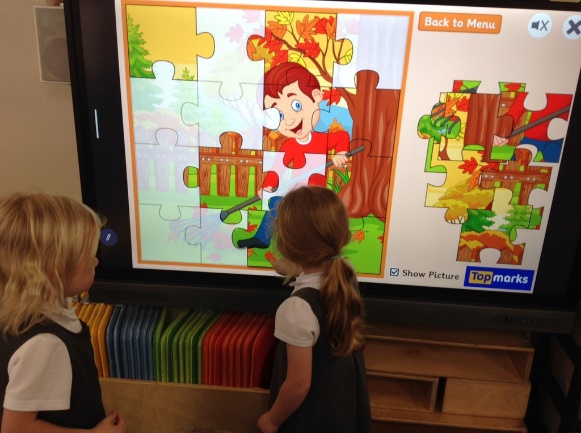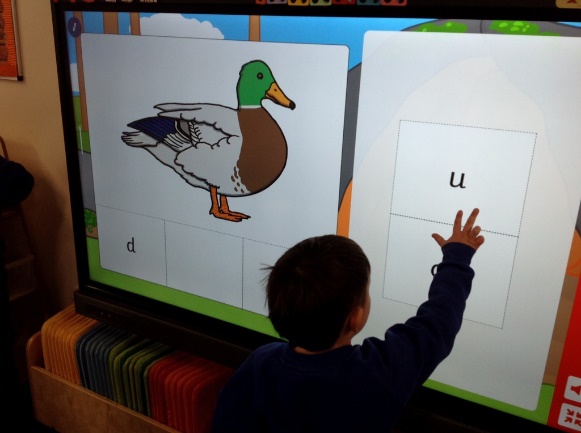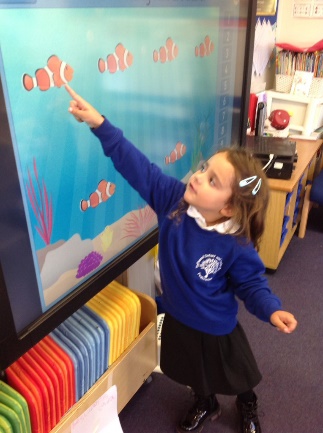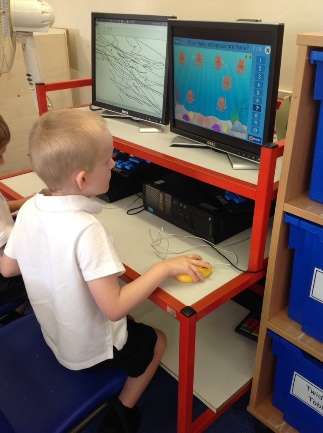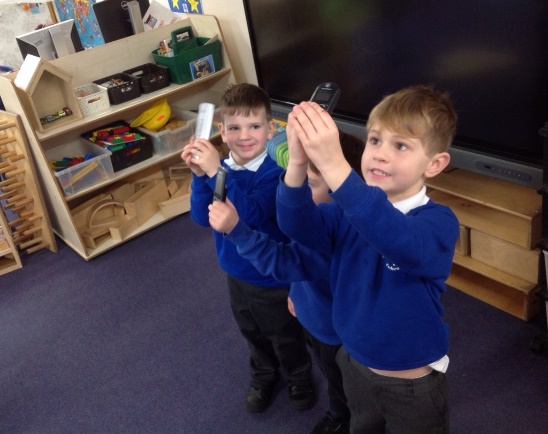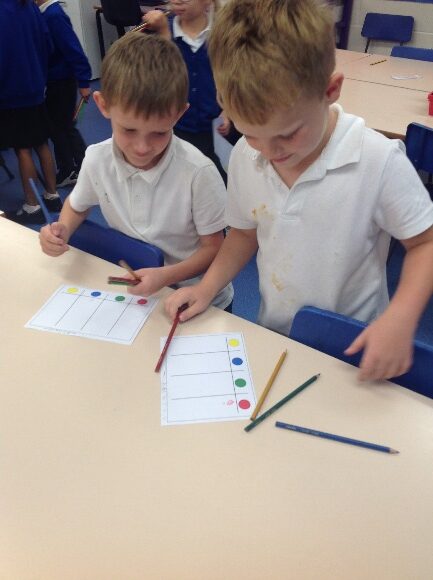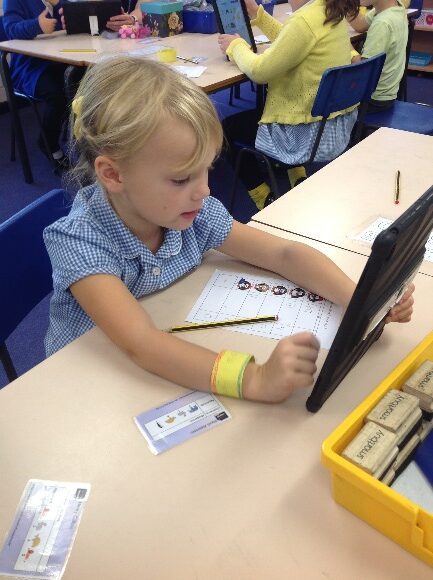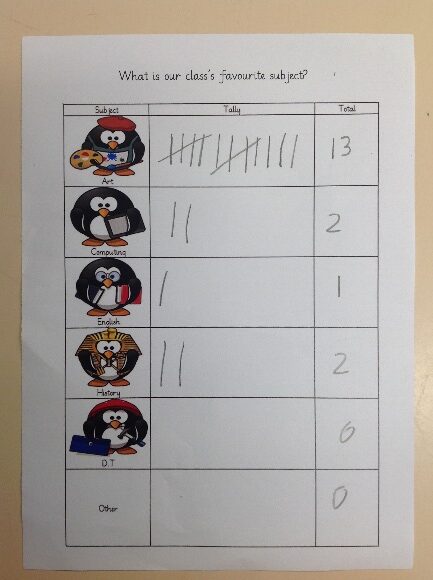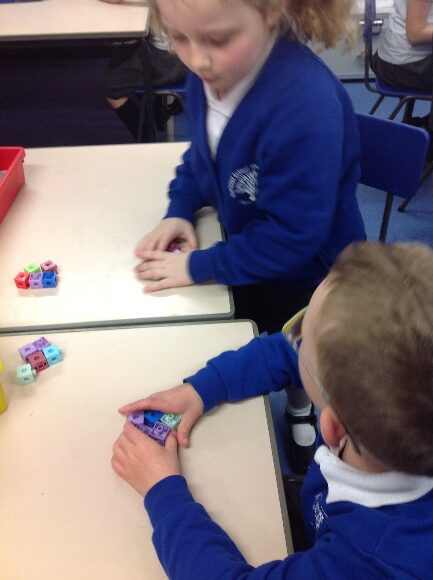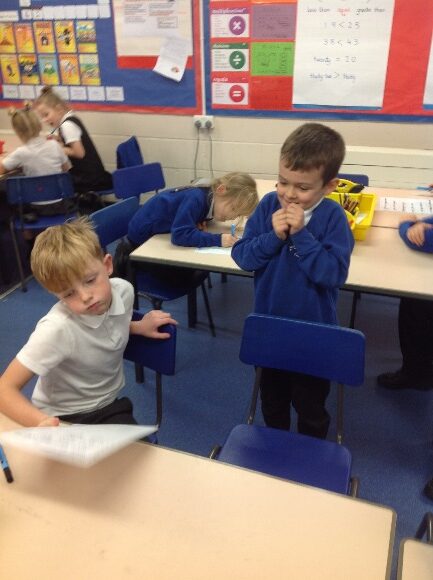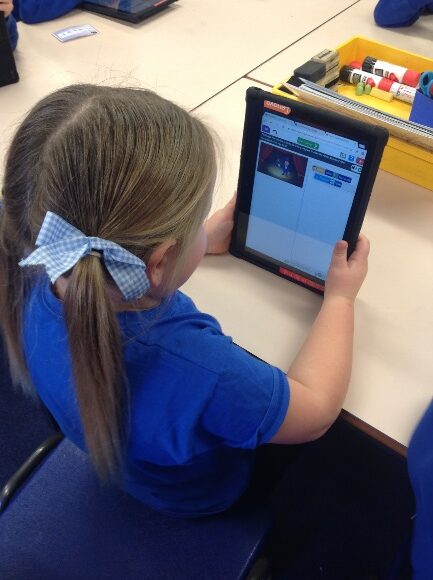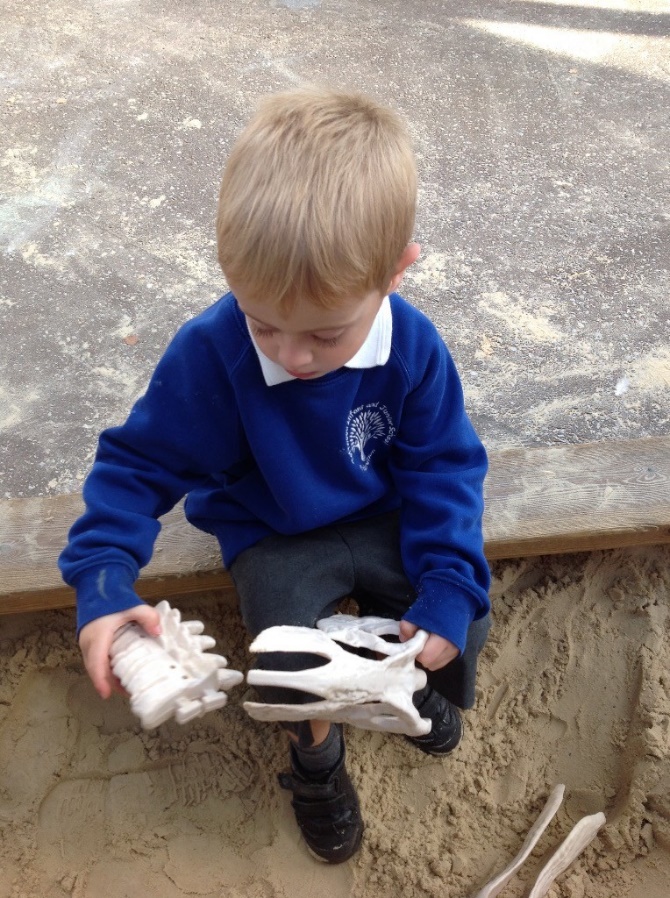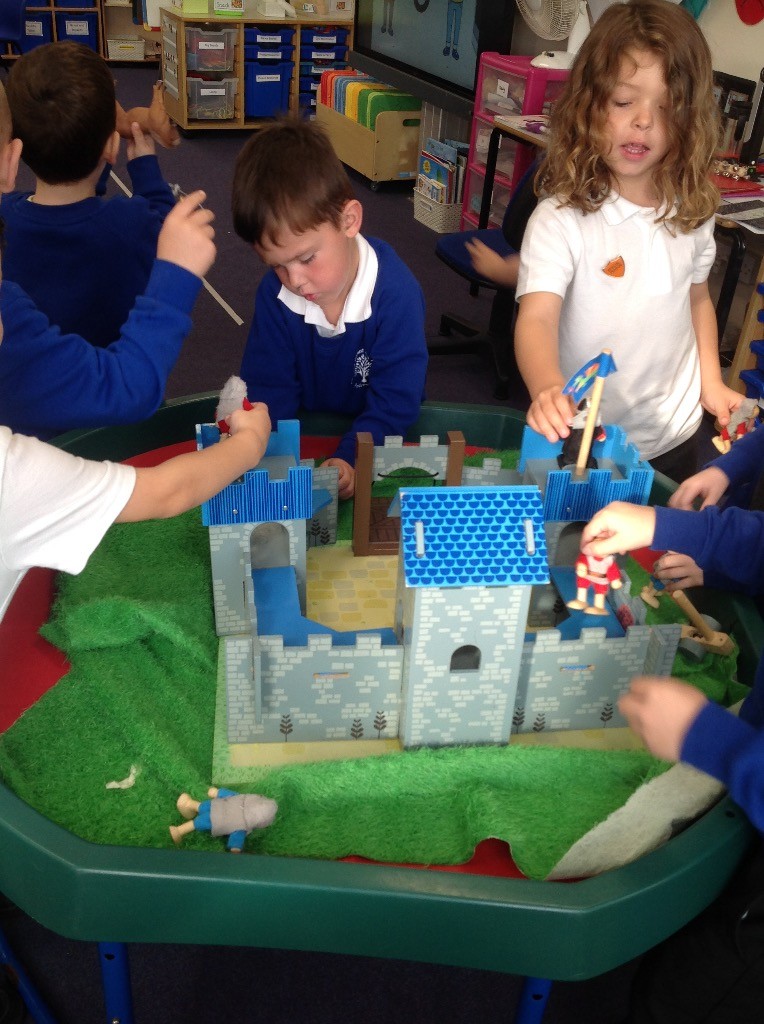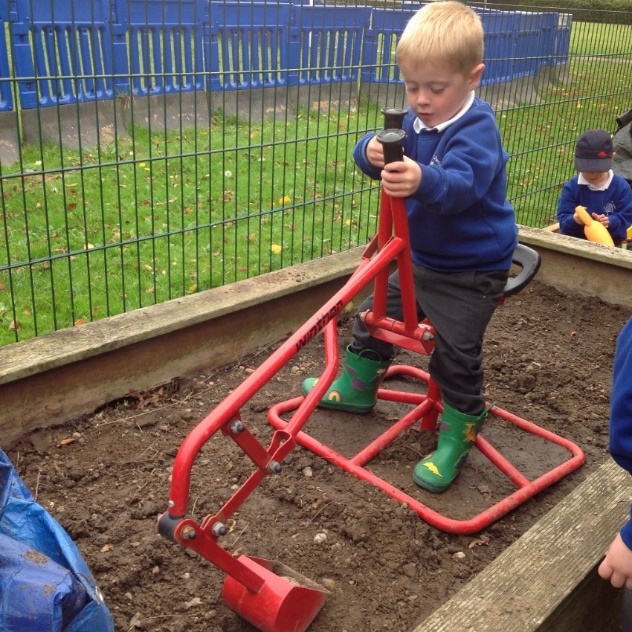Year 3


Year 3 began this half-term by looking at their exciting experiment from Autumn 1 – mummifying tomatoes! The children were very pleased to see that their preservation techniques had worked and the tomatoes had survived being buried in salt for 2 weeks. Following this, they have been learning about light sources and their necessity in our everyday lives. They have completed many investigations including classification of light sources and reflective materials. They also investigated patterns in shadows when manipulating the light source.
Year 4

In Year 4, the children have been looking at how we hear sound and have learnt the names of different parts of the ear. We thoroughly enjoyed trying out the different experiments to discover that sound is made by a series of vibrations. The children’s favourite experiment was using the tuning fork in the water (even if the vibrations from the tuning fork did make the water splash a little)!

We have also looked at how to change the pitch and volume of different musical instruments. The children were surprised to find that with some instruments it was very difficult to change the pitch. By far, the children’s favourite experiment was making string telephones from cups and string and seeing which materials were best at passing the vibrations through the “telephones”!


Year 5
In Science, Year 5 have been looking at Materials. We began the half term off by comparing and grouping together different objects that were in a bag based off of their properties. Children picked up an object in a bag, described what it felt like and then guessed what material it is made from, before taking it out and then classifying it.
Children then looked at soluble and insoluble solutions where we grouped material into categories: those which dissolve in water, those which don’t dissolve and those where there appears to be a different sort of change.
We then planned and carried out an investigation to attempt to separate mixed materials. We looked at whether it was possible to separate:
- Coffee and water
- Paperclips and water
- Salt and water
- Rice and water
To do this we used a sieve, filter paper and a magnet.
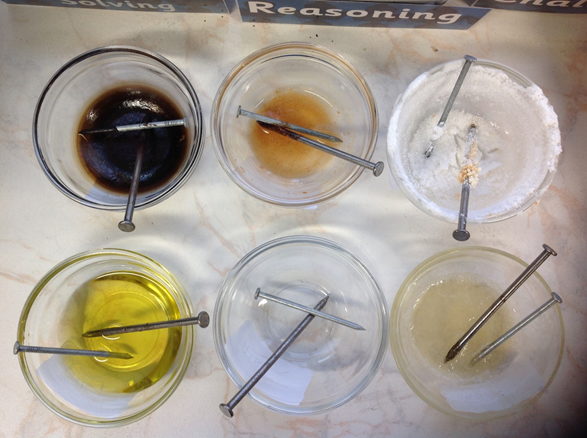
Later on this half term, Year 5 looked into irreversible changes where we completed a ‘rust race’ investigation. We left nails in different liquids over the week to see which liquid caused the nails to go rusty and at what speed. We discussed the differences between a reversible and an irreversible change.
Year 6
In Year 6 this term we started Science by learning about animals, including humans. We learnt about the circulatory and digestive systems and carried out an investigation into how exercise affects our heart rate. We found that after 2 minutes of continuous exercise our heart rates speed up to help oxygen reach our organs more quickly. We also learnt about how to live a healthy lifestyle, including diet and exercise and what effect this can have on our health. Over the course of a week, we did regular exercise each morning to see if this helped us to be more alert during our lessons. Most of us found that we did find it easier to concentrate in our morning lessons after five minutes of continuous exercise.
In the second half of the term, we have been learning about light. We have carried out lots of practical investigations to explore refraction, reflection and the spectrum.



